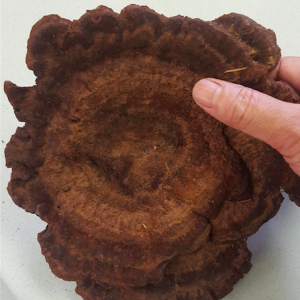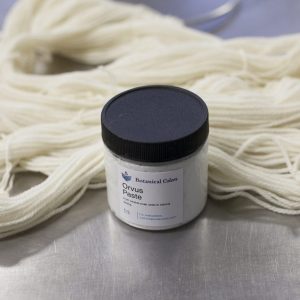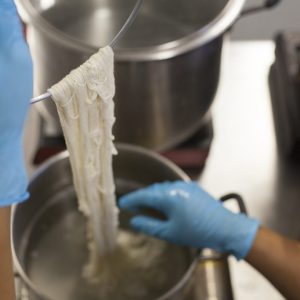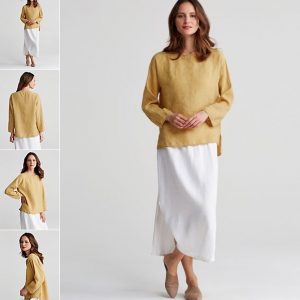FEEDBACK FRIDAY: This Week in Natural Dye Questions
Each week, we are emailed with questions from our natural dye community asking simple and complex questions that we thought might be worth sharing. Here are a handful from this week answered by natural dyer in chief, Kathy Hattori, Founder of Botanical Colors: When working with iron on a larger scale, what is the best and safest methodology? I’m working on a project that is not big enough to requesting a dye house, so working out of a very large container (the size of a bathtub) and although I wear gloves, goggles and a (very basic) breathing mask, sometimes I … Read more










